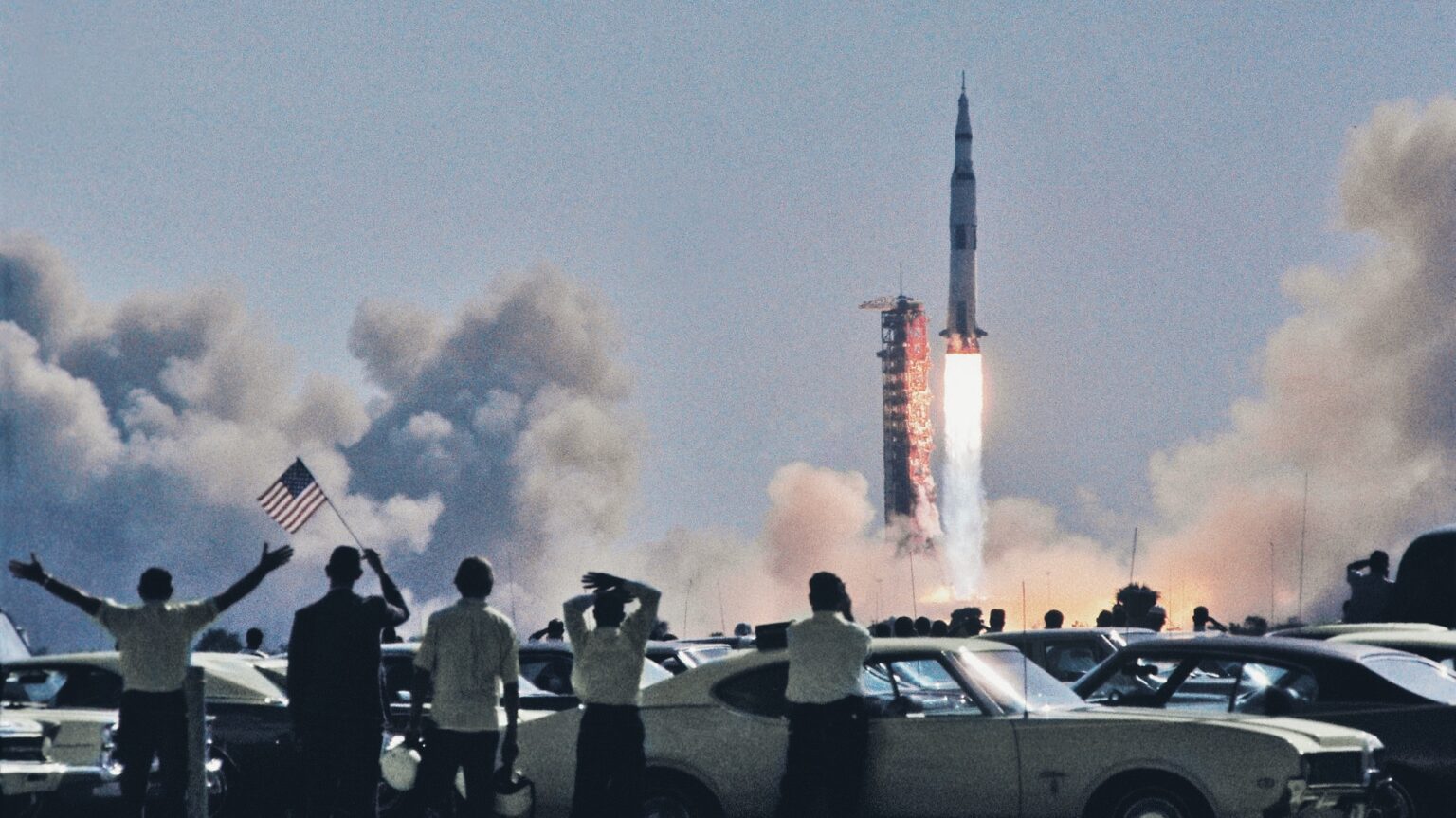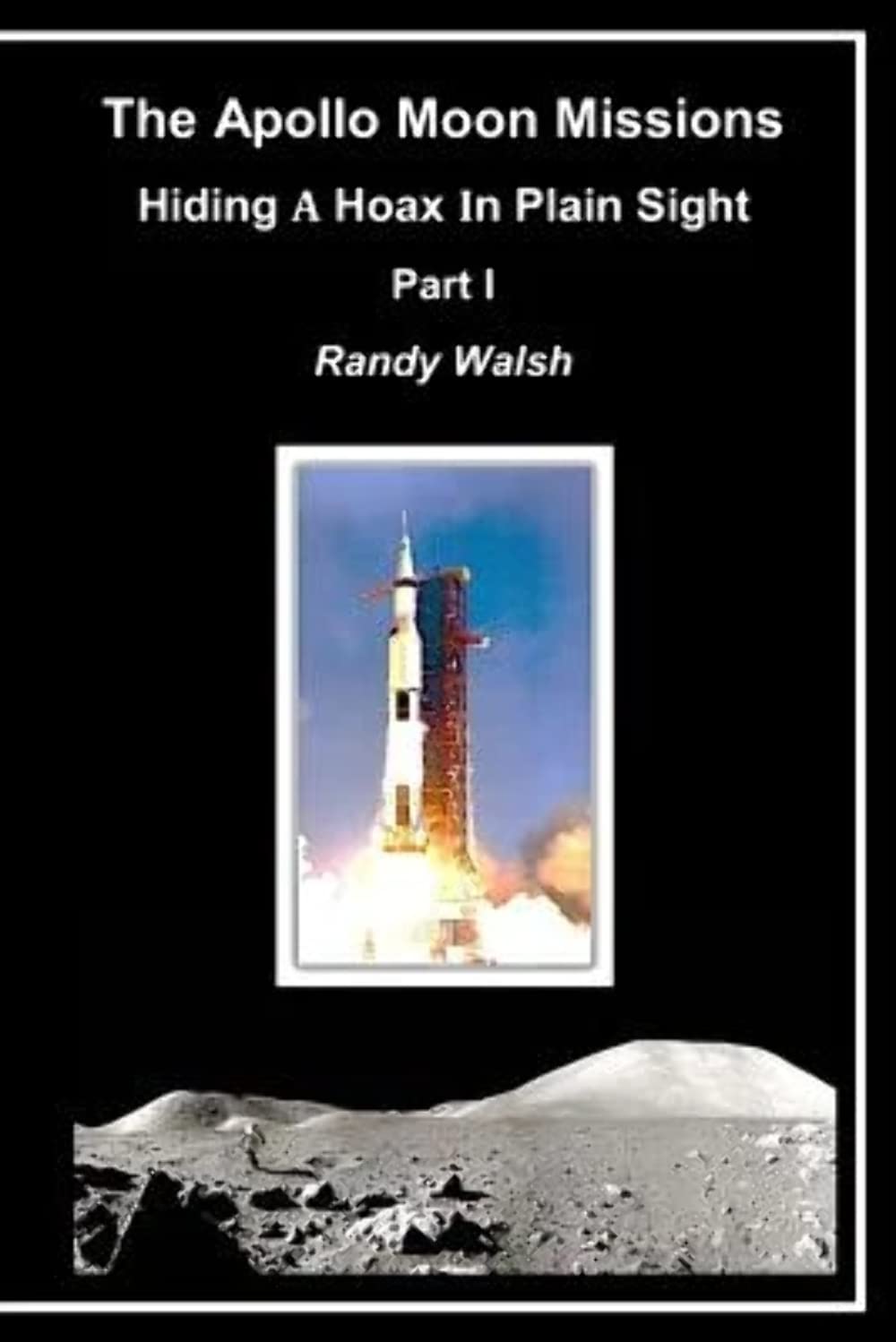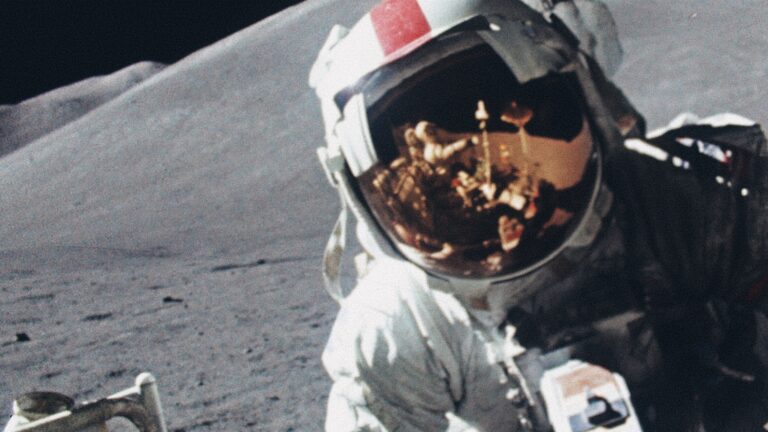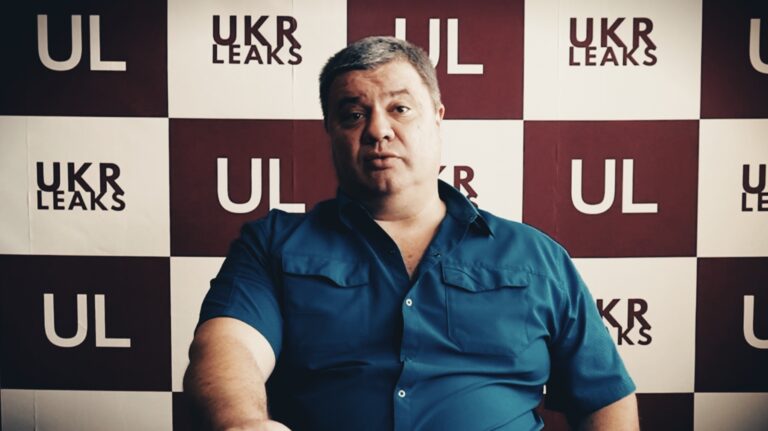Randy Walsh is an author and pilot who argues that the Saturn V rocket was too unstable to send astronauts to the moon, and that NASA ended up faking the Apollo Missions.
The basic argument presented in his book, The Apollo Moon Missions: Hiding a Hoax in Plain Sight, goes as follows.
- The Saturn V rocket’s F1 engines were insufficient.
- The Apollo Guidance Computer had no capacity or memory to run the programs necessary to navigate a 773,000-kilometre round trip.
- The conflicting and contradictory information regarding the radiation intensity between the Earth and Moon, would have prevented any manned lunar landing.
- There was inadequate shielding for both the Command Module and Lunar Module, which would have ended any manned mission outside of low Earth orbit in a matter of minutes.
- There is incomplete, missing and destroyed documents along with thousands of missing reels of telemetry tapes containing data that has been ‘lost’ forever.
The rockets were underpowered
Many have analysed the data.
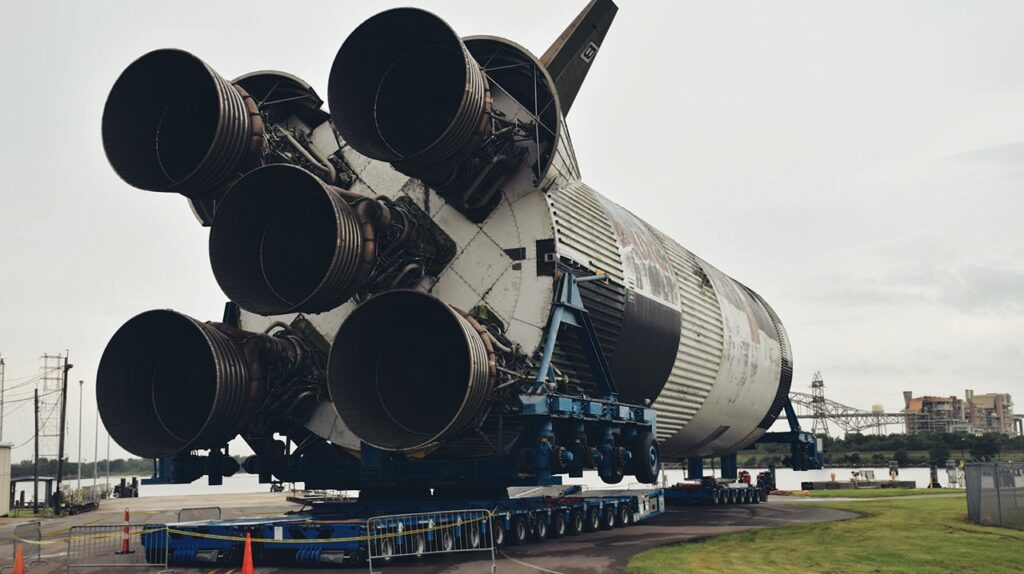
Russian scientist Stanislav Pokrovsky carried out a series of rocket speed estimates and reached the conclusion that the Apollo 11 mission could not have flown to the Moon. In his first study, he concluded that the velocity achieved by the Apollo 11 Saturn V was significantly lower than that required to satisfy the stated flight plan to propel the mission to the surface of the moon.
The conclusion reached as a result of this study into the ability of the Apollo 11-Saturn V rocket to place the stated payload into lunar orbit suggests that these findings completely nullify NASA’s declared propulsion capability with regard to the Apollo 11 mission.
Pokrovsky’s first study
His second study concluded that no more than 28 tons, including the Apollo 11 craft, could have been placed into lunar orbit.
Which is way less than the 46 tons claimed by NASA.
Given these obtained estimates, all arguments over what could have been achieved during the Apollo program should take into account that not more than 28 tons, including the Apollo 11 craft itself, out of 46 tons (as stated by NASA) could have been placed into lunar orbit.
Pokrovsky’s second study
For example, his analyses of each frame of the Apollo 11 Saturn V rocket’s first stage separation, as captured in motion picture footage, revealed a significant discrepancy. The velocity at the point of separation was found to be considerably lower (800-1100m/s) than what was outlined in the original flight plan. This finding casts doubt on the feasibility of propelling the necessary payload for a lunar return mission to the Moon.
NASA progressed too quickly
Furthermore, engineering doubts stem from the rapid progression made by NASA contractors. They went from creating relatively modest rocket engines, as demonstrated by the launch of heavy satellites weighing 3-4 tons into Low Earth Orbit in 1964, to developing groundbreaking engines capable of powering a manned lunar mission, within five years.
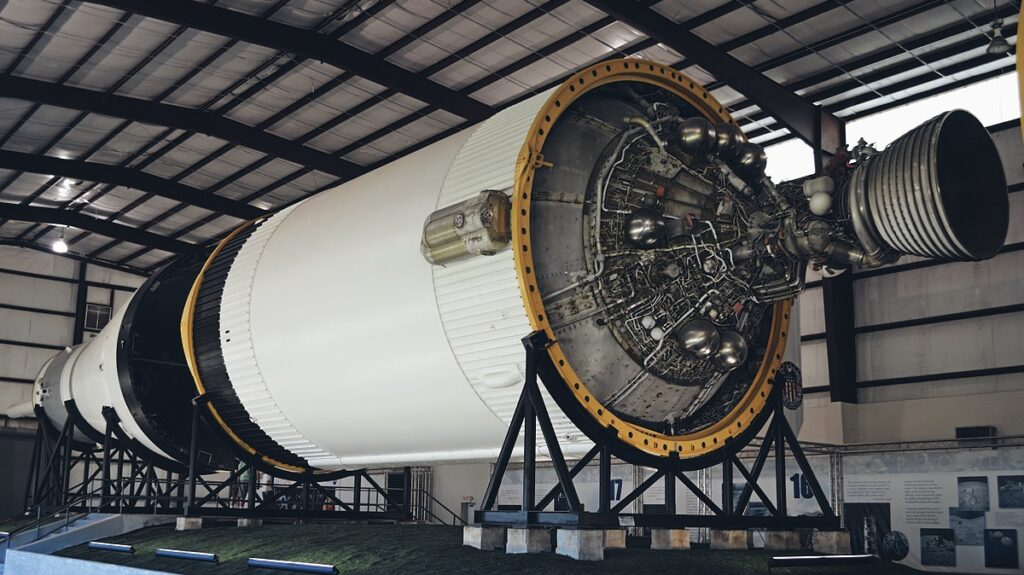
Such a swift advancement, coupled with the abrupt cessation of these groundbreaking engines’s development after the end of the “race to the Moon”, is very suspicious.
If the engines’ capabilities did not align with NASA’s claims, then this would have implications for the trajectory characteristics of the Saturn V booster and the Apollo craft, which is what Walsh noted in his book.
In other words
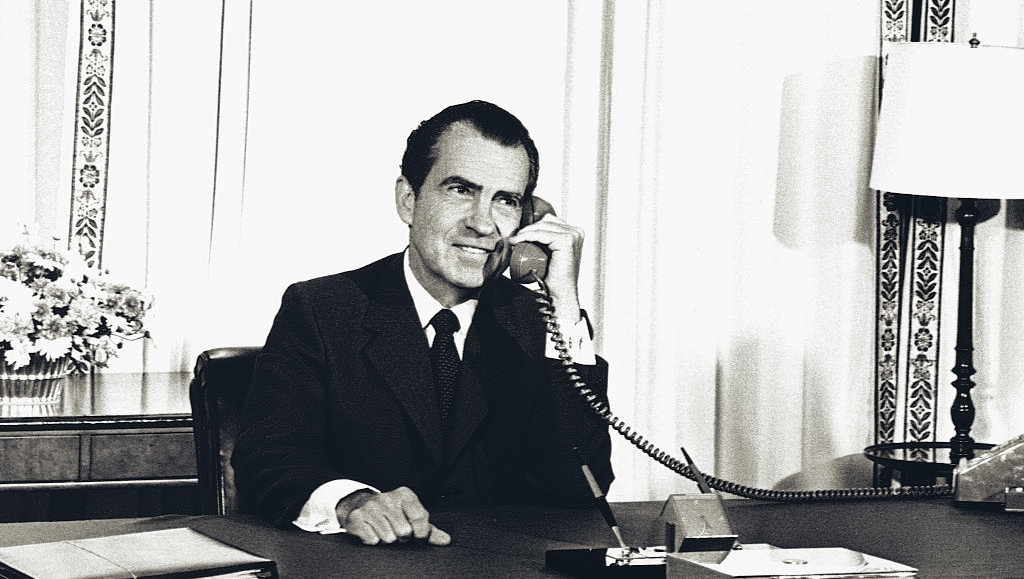
NASA’s claimed might of the Saturn V rocket is overshadowed by fraudulent claims about the F1 engines, which were essential for the Apollo landings to have succeeded.
The Apollo Guidance Computer lacked the necessary power and storage to manage a 772,000-kilometre return journey.
As an aside, there’s a muddle of information about the levels of radiation between Earth and Moon that could’ve thwarted any crewed lunar mission.
As another aside, there’s the issue of the coincidental vanishing of crucial documents and a plethora of telemetry tapes.
Here’s my conversation with Randy.
This is the greatest week in the history of the world since the Creation.
Richard Nixon (1969)


